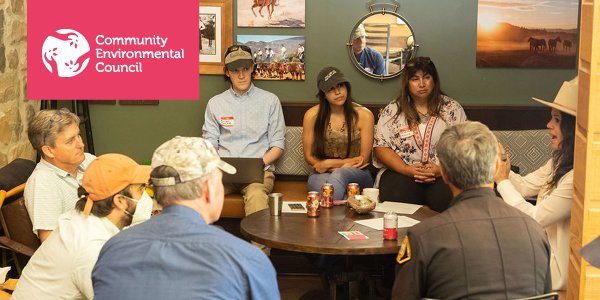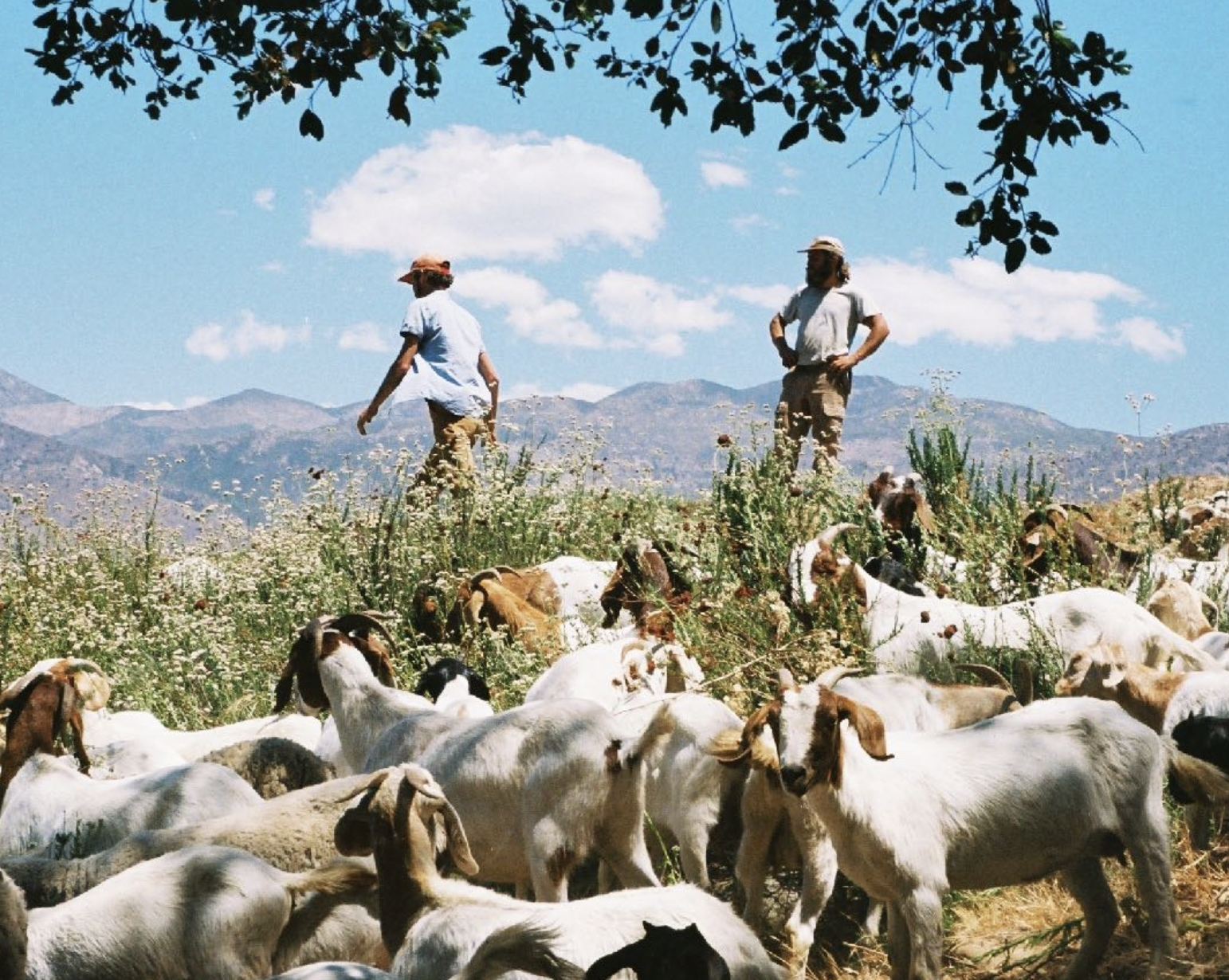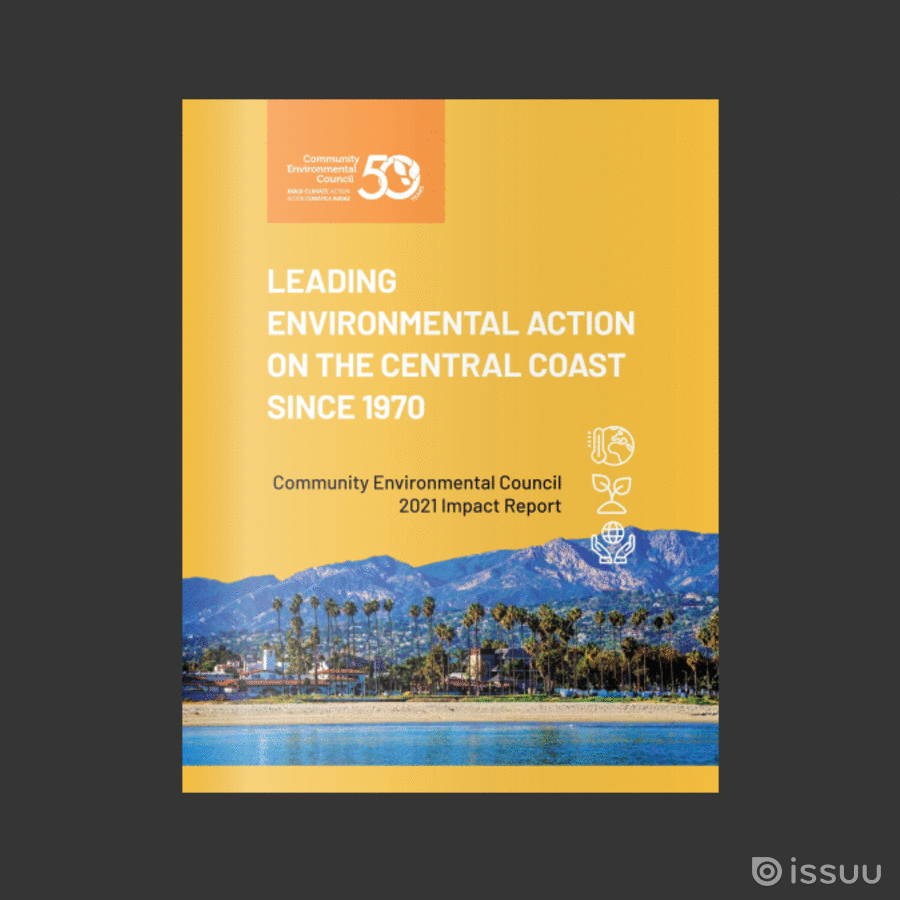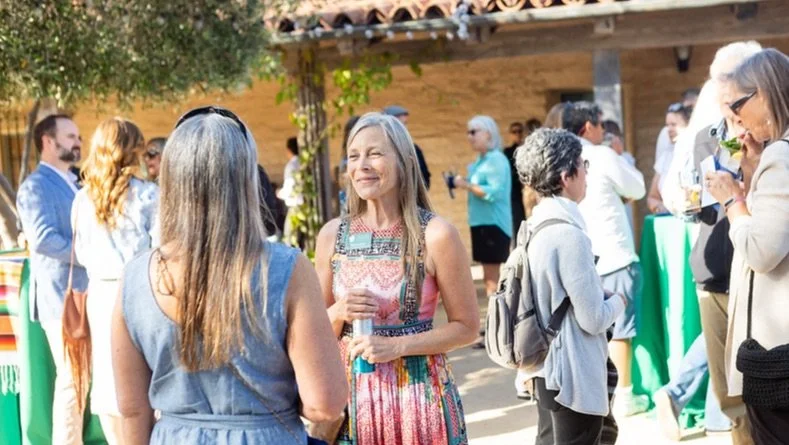Building a Community of Climate Action
CEC has a long and proven history of identifying needs in the community, convening the right partners, and collaborating on bold climate action to solve the climate crisis. Below are a few examples of the intentional partnerships we have galvanized to accelerate progress.
All Hooves on Deck
Protecting Central Coast communities from intensifying climate threats requires all hands on deck – or in the case of wildfires, all hooves on deck. That’s why CEC is working with local fire agencies and ranchers to expand climate-smart agriculture practices like rotational grazing to help our region become more resilient to wildfire risk. Read more.
Rescuing Excess Food
Santa Barbara County is one of the most productive agricultural counties in California, yet 20% of residents don’t have sufficient access to affordable, fresh food. CEC’s Santa Barbara County Food Rescue is supporting capacity for Veggie Rescue and the Santa Ynez Valley Community Kitchen at St. Mark’s to tackle this issue by rescuing and distributing excess food.
Read more.
Reasons for Climate Hope
CEC's 2021 Impact Report highlights how we and our partners are doubling down on efforts to respond locally to the global climate crisis. With a 50-plus year track record, we continue to draw on a proven model for change in which we listen to the community, then innovate, incubate, grow, scale, and ultimately spin off solutions that make real, transformative impact beyond the Central Coast.
Reconvening Climate Action Supporters at CEC’s Metamorphosis Event
On Thursday, May 5, CEC hosted Metamorphosis, our reimagined annual fundraiser, at the Santa Barbara Historical Museum. After two years without an in-person event, it felt wonderful to gather and celebrate the wins of the past few years — and look ahead to the critical work to be done.
As was underscored by our keynote speaker, Pulitzer Prize-winning Washington Post journalist Scott Wilson, “We are not doing enough. And [the Central Coast], of all places, can serve as an example. As Robert Frost wrote of a star shining in a smog-free night sky, ‘It asks of us a certain height.’ So does living here – the sheer natural beauty of our home and the legacy of its importance in the environmental movement.”




